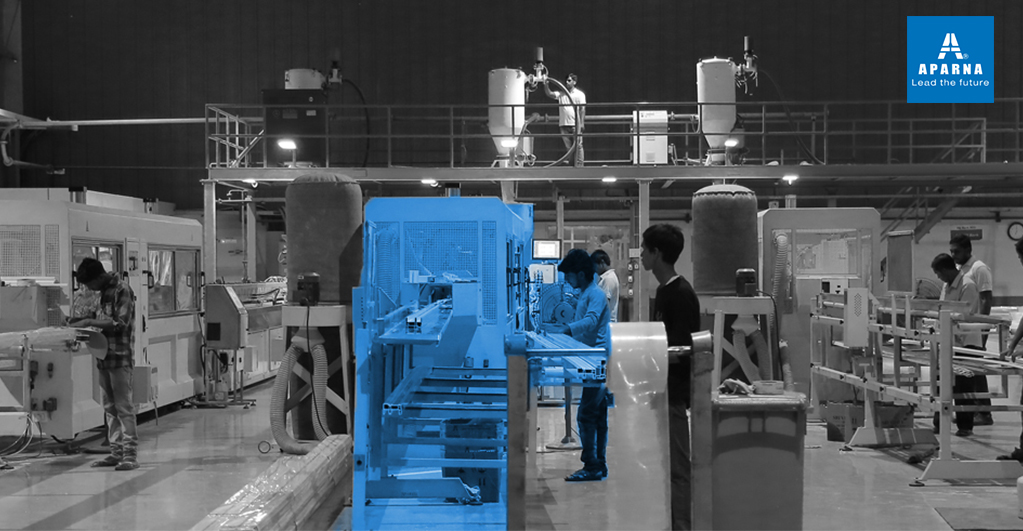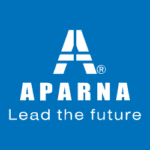Tag: sustainable building materials
Everything You Need to Know About uPVC Material in 2025

Among modern building materials, uPVC material has become a preferred choice for homeowners, architects, and contractors. Known for its durability, insulation, and eco-friendly nature, it is widely used in windows, doors, and profiles. In the Indian market, demand for uPVC material has grown consistently due to its ability to withstand extreme climate conditions while maintaining aesthetics and functionality.
What is uPVC Material?
uPVC stands for unplasticized polyvinyl chloride, a rigid form of PVC that does not use added plasticizers. This makes it stronger, more durable, and ideal for construction use. uPVC material is manufactured by extruding profiles into specific shapes for windows and doors, often with steel reinforcement to enhance strength.
- Non-toxic and safe: Free from harmful chemicals such as phthalates
- Rigid and stable: Maintains shape without warping or cracking
- Designed for longevity: Resistant to moisture, UV rays, and corrosion
Physical and Mechanical Properties of uPVC Material
| Property | Description | Importance |
| Strength | High tensile and impact resistance | Long-term structural stability |
| Thermal Insulation | Low thermal conductivity | Reduces heat transfer indoors |
| UV Resistance | Stabilized with titanium dioxide | Prevents fading and brittleness |
| Fire Safety | Self-extinguishing | Safer in fire-prone environments |
| Water Resistance | <0.1% absorption | No swelling, warping, or rot |
| Sound Insulation | With double glazing, reduces noise up to 40–50 dB | Ideal for cities and highways |
These properties make uPVC material reliable in diverse environments, from humid coastal areas to dry interiors.
Advantages of Using uPVC Material
Durability
uPVC material resists corrosion, termites, and weather damage. Its ability to withstand saltwater makes it suitable for coastal cities.
Low Maintenance
No painting or polishing required. Cleaning with mild soap and water keeps it looking new for years.
Energy Efficiency
The thermal insulation properties of uPVC material help reduce electricity bills by maintaining indoor temperatures more efficiently than aluminum or wood frames.
Acoustic Comfort
Double-glazed uPVC windows significantly reduce external noise, making them suitable for urban homes and commercial spaces.
Sustainability
uPVC material is recyclable and consumes less energy during production compared to aluminum. It also supports green building certifications such as LEED and GRIHA.
Applications of uPVC Material
- Residential: Homes, villas, and apartments for windows, sliding doors, and balconies
- Commercial: Office complexes, hotels, schools, hospitals
- Industrial: Warehouses and cleanrooms where airtight solutions are needed
- Infrastructure: Airports, metro stations, noise-barrier systems
- Plumbing: Pipes and fittings made with uPVC material for water supply and drainage
uPVC Material vs Aluminium vs Wood
| Feature | uPVC Material | Aluminium | Wood |
| Durability | 25–30 years | 15–20 years | 10–15 years |
| Maintenance | Very low | Medium | High |
| Energy Efficiency | Excellent | Poor (without thermal breaks) | Good but variable |
| Cost | Affordable | Higher | Moderate–High |
| Eco Impact | Recyclable, low-energy | High energy in production | Renewable but prone to decay |
uPVC material strikes a balance between performance, affordability, and sustainability, making it a preferred choice for most residential and commercial projects.
How to Identify High-Quality uPVC Material
- Profile Thickness: Minimum 2.5 mm wall thickness ensures strength
- Multi-Chamber Design: Improves thermal and acoustic insulation
- Reinforcement: Steel or aluminum inserts for stability
- Weather Seals: Double gaskets prevent air and water leakage
- Hardware Quality: Durable locks and hinges extend life of the product
- Certification: Check for ISI, EN, or CE compliance
- Manufacturer Reputation: Established brands ensure warranty and after-sales service
Maintenance Guide for uPVC Material
- Clean frames twice a year with mild detergent and water
- Lubricate hinges and locks annually
- Inspect seals and replace if worn out
- Avoid abrasive cleaning agents to prevent surface damage
With these steps, uPVC material can deliver over 30 years of reliable use.
Challenges of uPVC Material
- Thermal Expansion: Slight expansion under heat, solved with reinforcement and professional installation
- Limited Colors: Traditionally only white, but now available in laminated wood finishes and textured shades
- Perception Issues: Early low-quality products created doubts, but modern uPVC meets international standards and performs reliably in India’s climate
Environmental Benefits of uPVC Material
- Fully recyclable and reusable at end-of-life
- Lower embodied energy compared to metals
- Reduces CO2 emissions by improving building efficiency
- Compatible with global green building standards
Why Aparna uPVC Material is Different
Aparna Enterprises Ltd manufactures uPVC material that matches global standards while being customized for Indian conditions:
- Multi-chamber designs for superior insulation
- UV-stabilized formulations for Indian sunlight
- Reinforced profiles for strength and durability
- Wide range of designs: sliding, casement, tilt-and-turn
- Available through Unispace Mega Stores for convenient access
FAQs on uPVC Material
Q1. What is uPVC material made of?
It is made from rigid polyvinyl chloride resin mixed with stabilizers, fillers, and additives to improve strength and durability.
Q2. How long does uPVC material last?
Typically 25–30 years with minimal maintenance.
Q3. Is uPVC material safe?
Yes, it is non-toxic, lead-free, and safe for indoor use.
Q4. Can uPVC material be recycled?
Yes, it can be recycled multiple times without losing quality.
Q5. Does uPVC material fade in sunlight?
High-quality uPVC profiles stabilized with titanium dioxide remain colorfast and UV resistant for decades.
